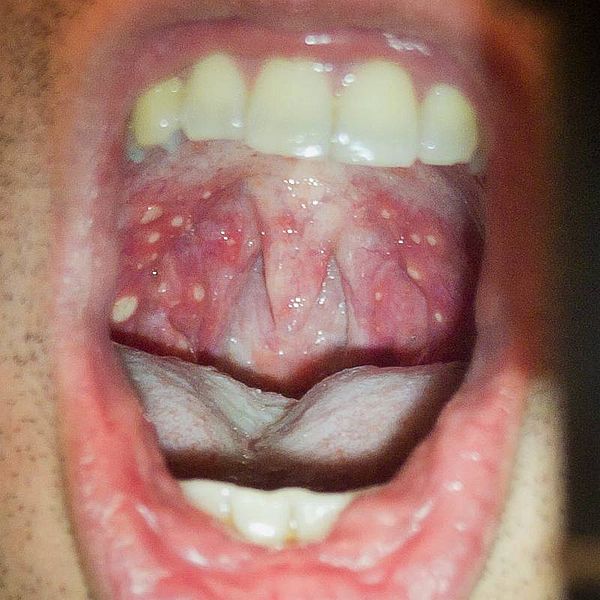The number of hand, foot and mouth disease (HFMD) cases reported in Vietnam in 2017 is increased compared to the same period in 2016, according to the General Department of Preventive Medicine, Ministry of Health, Viet Nam.

Image/shawn c
The cumulative number of cases as of Feb. 11 is 5,252 cases with no deaths. Compared to the same period in 2016 (3,999 cases and 6 deaths), the number of cases is greater by 31%.
HFMD is typically a benign and self-limiting disease. Most common in young children, it presents as fever, oral lesions and rash on the hands, feet and buttocks. The oral lesions consist of rapidly-ulcerating vesicles on the buccal mucosa, tongue, palate and gums. The rash consists of papulovesicular lesions on the palms, fingers and soles, which generally persist for seven to 10 days, and maculopapular lesions on the buttocks.
Hand, foot, and mouth disease is caused by viruses that belong to the Enterovirus genus (group). This group of viruses includes polioviruses, coxsackieviruses, echoviruses, and enteroviruses.
Enterovirus 71 has been implicated in HFMD outbreaks in Southeast Asia over the several years. EV 71 is a non-polio enterovirus.
Complications associated with HFMD caused by the more pathogenic EV-71 strain include encephalitis, aseptic meningitis, acute flaccid paralysis, pulmonary edema or hemorrhage and myocarditis. Most deaths in HFMD occur as a result of pulmonary edema or hemorrhage.


This information appears to come from WPRO HFMD report, not General Department of Preventive Medicine, which is cited.
Where i can find a medicine for this desease